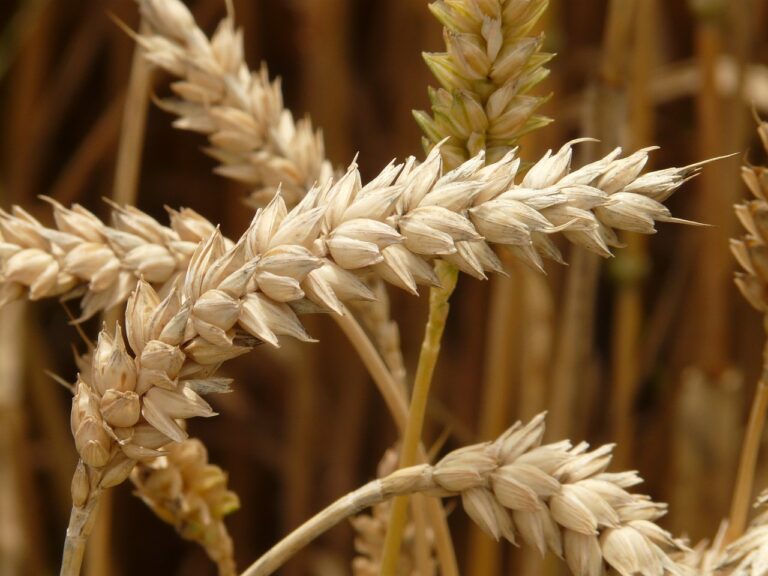Understanding Coffee Grading and Quality Standards
11xplay, india 24 bet login registration, skyiplay:—
Coffee is one of the most popular beverages in the world, enjoyed by millions of people every day. But have you ever wondered what goes into determining the quality of the coffee you drink? Understanding coffee grading and quality standards is essential for coffee lovers who want to know more about the beans they are consuming. In this blog post, we will delve into the world of coffee grading and quality standards to help you better appreciate and enjoy your favorite brew.
What is coffee grading?
Coffee grading is the process of evaluating and classifying coffee beans based on various factors such as size, shape, color, flavor, aroma, and acidity. Grading helps determine the quality of the beans and allows buyers to make informed decisions about the coffee they purchase. There are different grading systems used around the world, but the most common one is the Specialty Coffee Association of America (SCAA) grading system, which rates coffee beans on a scale of 80 to 100 points.
Factors that influence coffee quality
Several factors contribute to the quality of coffee beans, including:
1. Bean size: Larger beans are generally considered to be of higher quality because they tend to have a more pronounced flavor and aroma.
2. Bean shape: Beans that are uniform in shape are often preferred by buyers because they are more likely to roast evenly and produce a consistent flavor.
3. Color: The color of coffee beans can vary from light to dark depending on the roasting process. Beans that are evenly roasted and have a consistent color are usually of higher quality.
4. Flavor and aroma: The taste and smell of coffee beans are crucial in determining their quality. Factors such as acidity, sweetness, bitterness, and body all play a role in shaping the overall flavor profile of the coffee.
5. Processing method: The way coffee beans are processed after harvesting can also influence their quality. Beans that are washed, dried, and sorted carefully are more likely to be of higher quality.
6. Origin: The region where coffee beans are grown can have a significant impact on their flavor profile. Factors such as soil quality, climate, altitude, and variety of the bean all contribute to the unique taste of coffee from different regions.
Understanding coffee quality standards
In addition to grading, there are specific quality standards that coffee beans must meet to be considered high-quality. These standards are set by organizations such as the SCA and the International Coffee Organization (ICO) and include guidelines for factors such as moisture content, foreign matter, and defects.
Moisture content: Coffee beans should have a moisture content of around 10-12% to ensure they roast properly and remain fresh. Beans with higher moisture content are more likely to spoil and lose their flavor.
Foreign matter: Foreign matter such as rocks, sticks, or other debris should be removed from coffee beans before they are processed. Beans with foreign matter are considered to be of lower quality and are usually discarded.
Defects: Coffee beans can have defects such as mold, insect damage, or uneven roasting, which can impact their flavor and aroma. Beans with too many defects are categorized as low-quality and may be sold at a lower price.
FAQs about coffee grading and quality standards
Q: How can I tell if a coffee bean is high-quality?
A: Look for beans that are uniform in size, shape, and color, with a strong aroma and a complex flavor profile. Beans from reputable growers and roasters are more likely to be high-quality.
Q: What is the best way to store coffee beans to maintain their quality?
A: Store coffee beans in an airtight container in a cool, dark place away from heat and moisture. Avoid storing beans in the refrigerator or freezer, as they can absorb unwanted odors.
Q: What is the difference between specialty coffee and regular coffee?
A: Specialty coffee is made from high-quality beans that have been carefully grown, processed, and roasted to highlight their unique flavor profile. Regular coffee, on the other hand, is made from lower-quality beans that are often mass-produced and lack complexity.
Q: Can I roast my own coffee beans at home?
A: Yes, you can roast your coffee beans at home using a coffee roaster or even a stovetop popcorn maker. Just be sure to research the roasting process and equipment beforehand to ensure the best results.
In conclusion, understanding coffee grading and quality standards is vital for coffee enthusiasts who want to appreciate the beverage to its fullest. By knowing what factors influence coffee quality and how beans are graded and classified, you can make more informed choices about the coffee you drink and enhance your overall coffee experience. So the next time you brew a cup of your favorite coffee, take a moment to savor the flavors and aromas, knowing that you are enjoying a high-quality brew.
—







